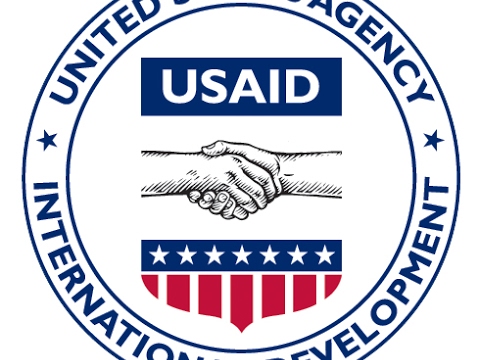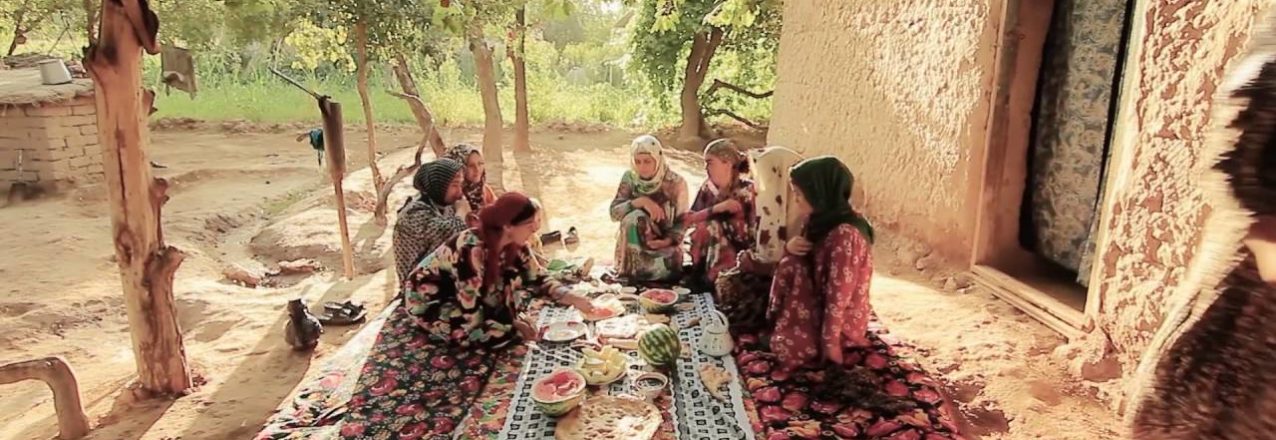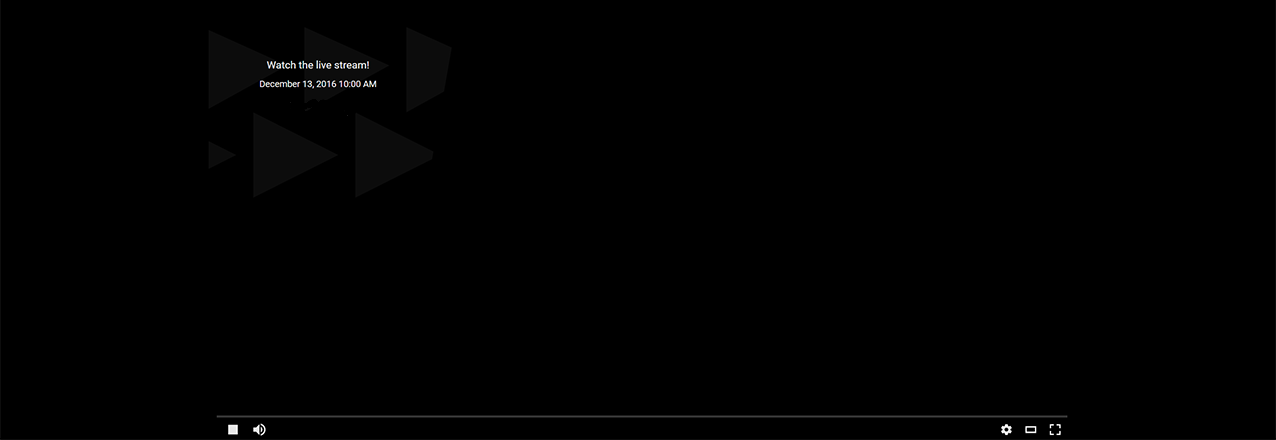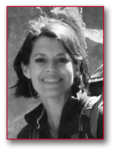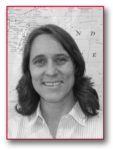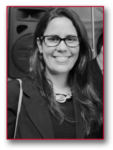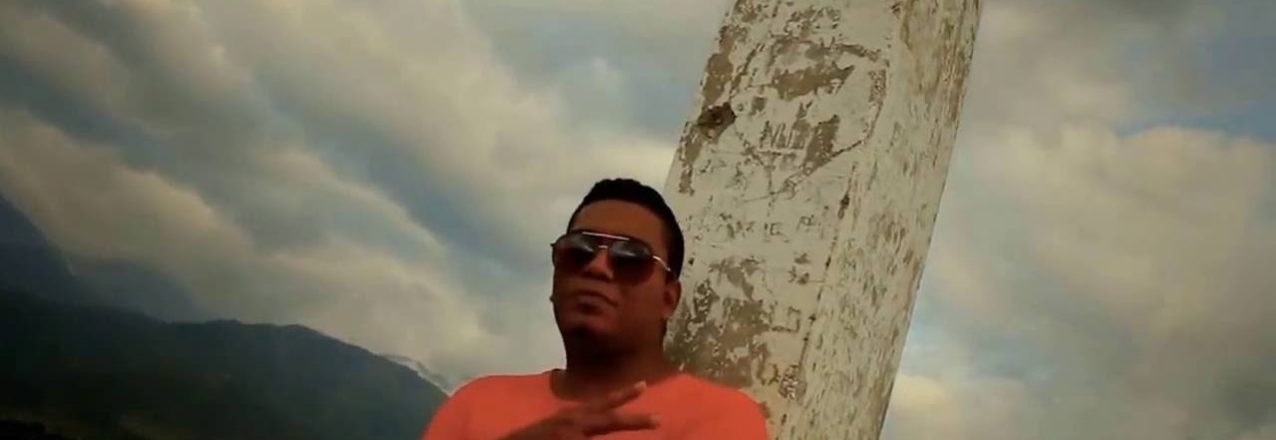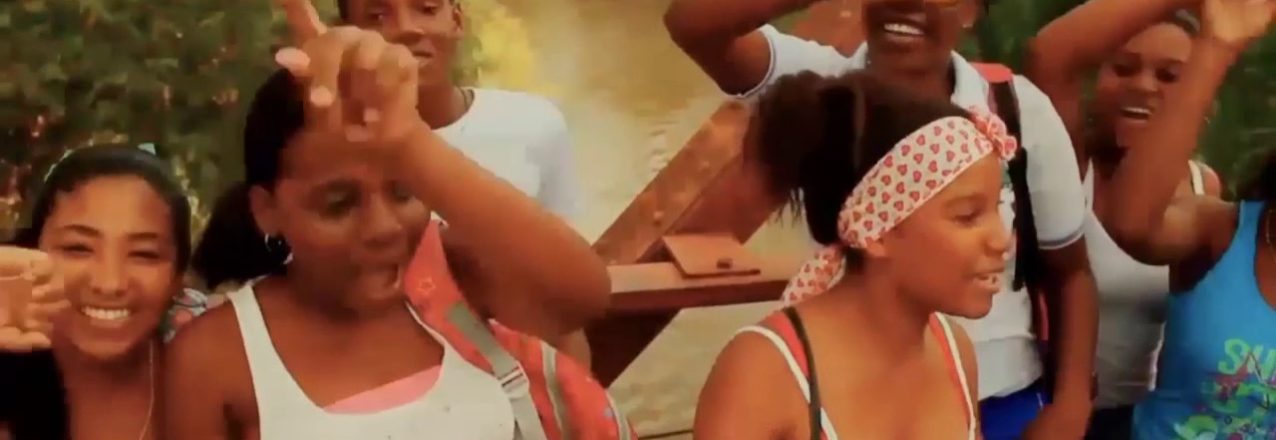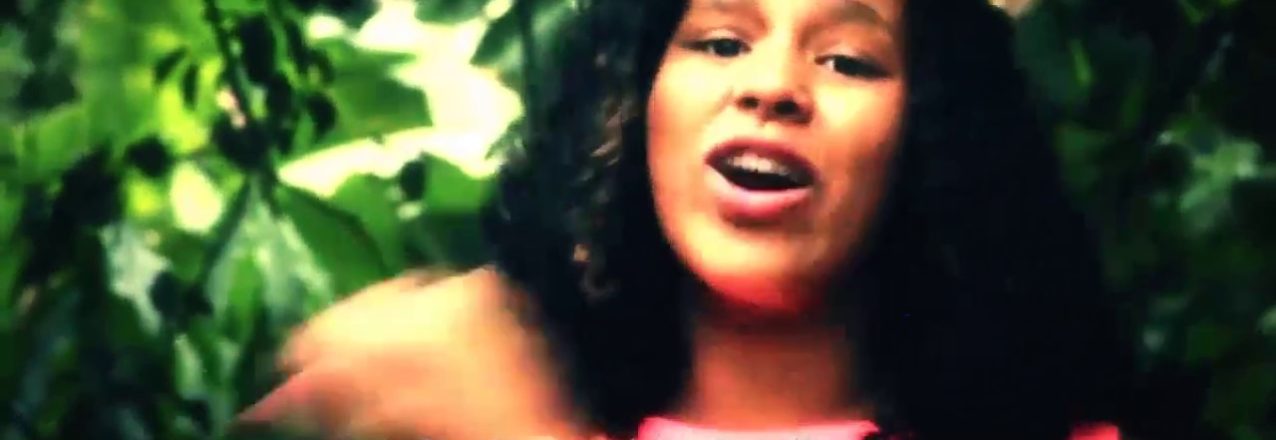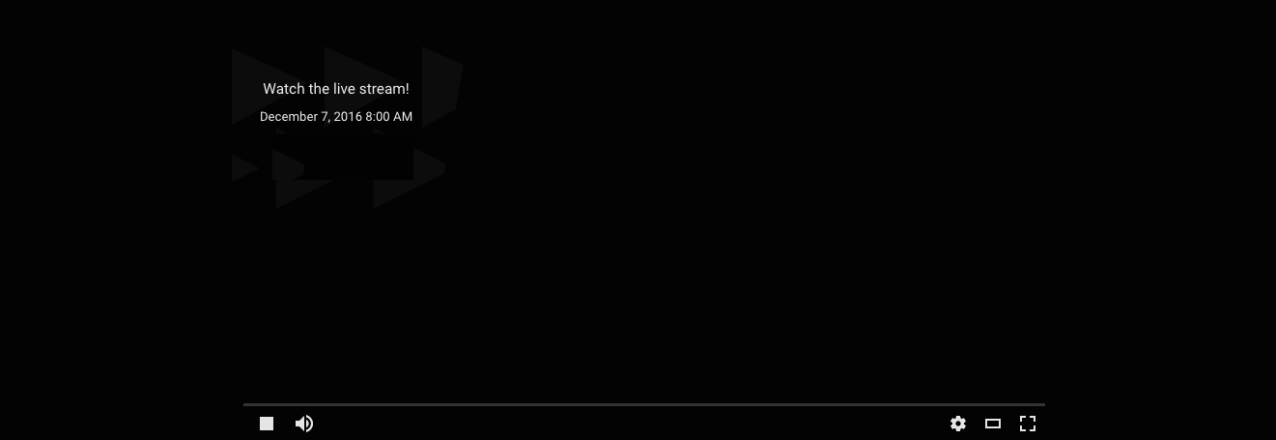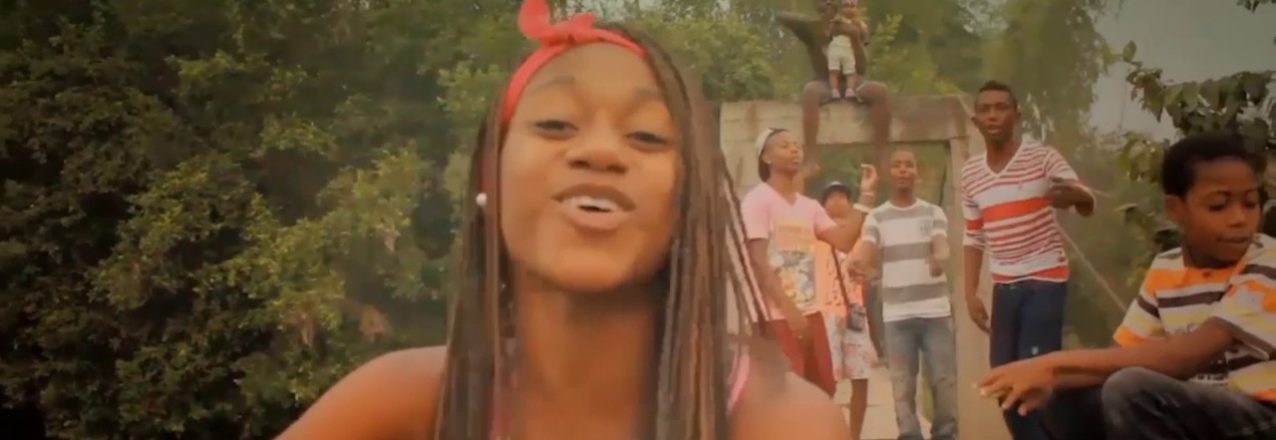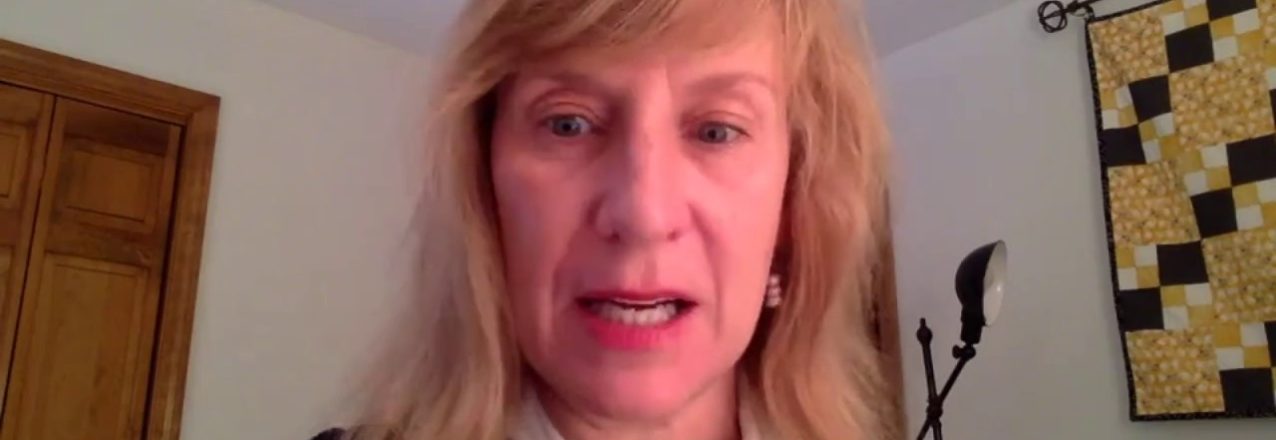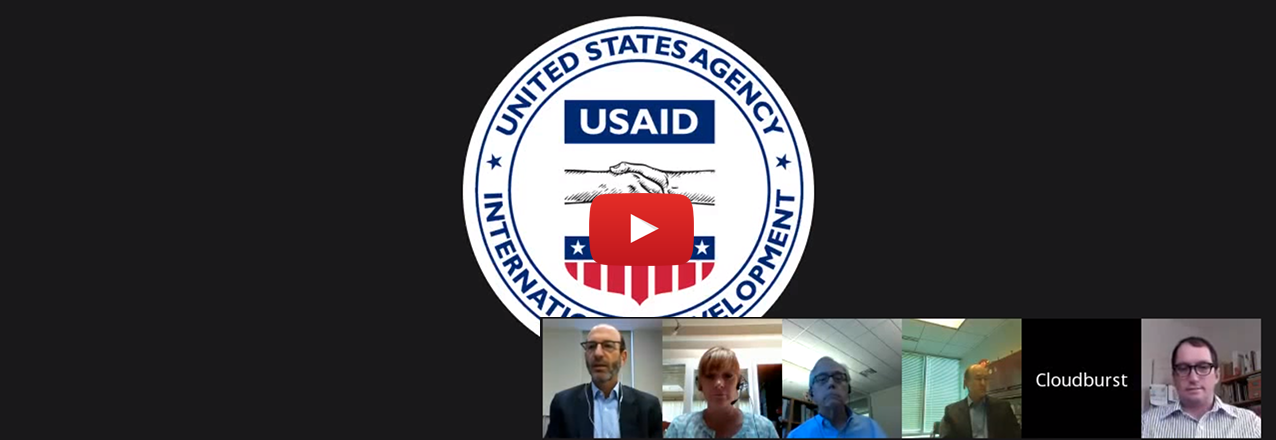Join the discussion by answering the four questions below, sending a question or comment to the panel, or tweeting using #legitlandrights.
Question 1:
In a small rural community there are 35 households of settled farmers. These farmers and their families have been in the area for several generations. Twice a year, a pastoralist clan moves through the area, following a traditional migration route. The pastoralists have always worked with local chiefs and leaders to negotiate access to the local water source as well as access to harvested fields. Neither the farmers nor the pastoralists have any documentation of their rights over the land at issue. An investor arrives and would like to negotiate to lease some of the land that the farmers and pastoralists both use.
In this case, who has legitimate rights: the farmers only; the pastoralists and the farmers both; or no one, given that there is no documentation of rights?
Question 2:
A family of 5 people was forced, along with many others, to leave their home during a civil war. This family had acquired the rights to their home under a previous regime which favored the family’s ethnic group over another ethnic group. They have documentation to show that this transfer took place. During the conflict, the family members relocated to an internally displaced persons’ camp. While the family was living in the camp, another family moved into their home, living there for over five years, considering this home their own, this family made repairs to the house, planted a small farm, and sent their children to local schools. After a peace accord was concluded, the new government began a process to resolve land conflicts associated with the war.
In this case, who has legitimate rights: the displaced family; the family that took up residence during the war; or is it unclear in this case who would have legitimate rights given the convoluted history of the property?
Question 3:
A government, in an effort to conserve biodiversity, decides to create a new national park. This government endorsed the VGGT. The boundaries of the new park were identified using satellite imagery. When park officials arrive in a portion of the park to conduct an animal head count they encounter local indigenous people. These people explain that they have traditionally used the land to hunt, collect medicinal herbs, honey, and some firewood. The park officials tell these people that they believe the land is probably state/government land and therefore local indigenous people have no claim to the land or the resources on the land.
In this case, who has legitimate rights: the indigenous peoples; the government, because that the land was demarcated; or the government because the state’s biodiversity concerns outweigh the legitimate land rights of the indigenous people?
Question 4:
A developer has legally purchased land from a government where there is currently a city slum. The developer was informed by officials that the land was vacant at the time of purchase, but upon visiting the land finds that hundreds of people are currently living in the slum. The developer plans to invest in the land which will lead to greater economic growth within the city, However, these slum dwellers have already been pushed off of rural lands that were also used without their consent. Moreover, many occupants of the slums have been there for many years and have nowhere that they can go if the slums are destroyed.
In this case, who has legitimate rights: the developer because they purchased the land; the slum dwellers; or is it unclear, this case should be determined through the courts?


